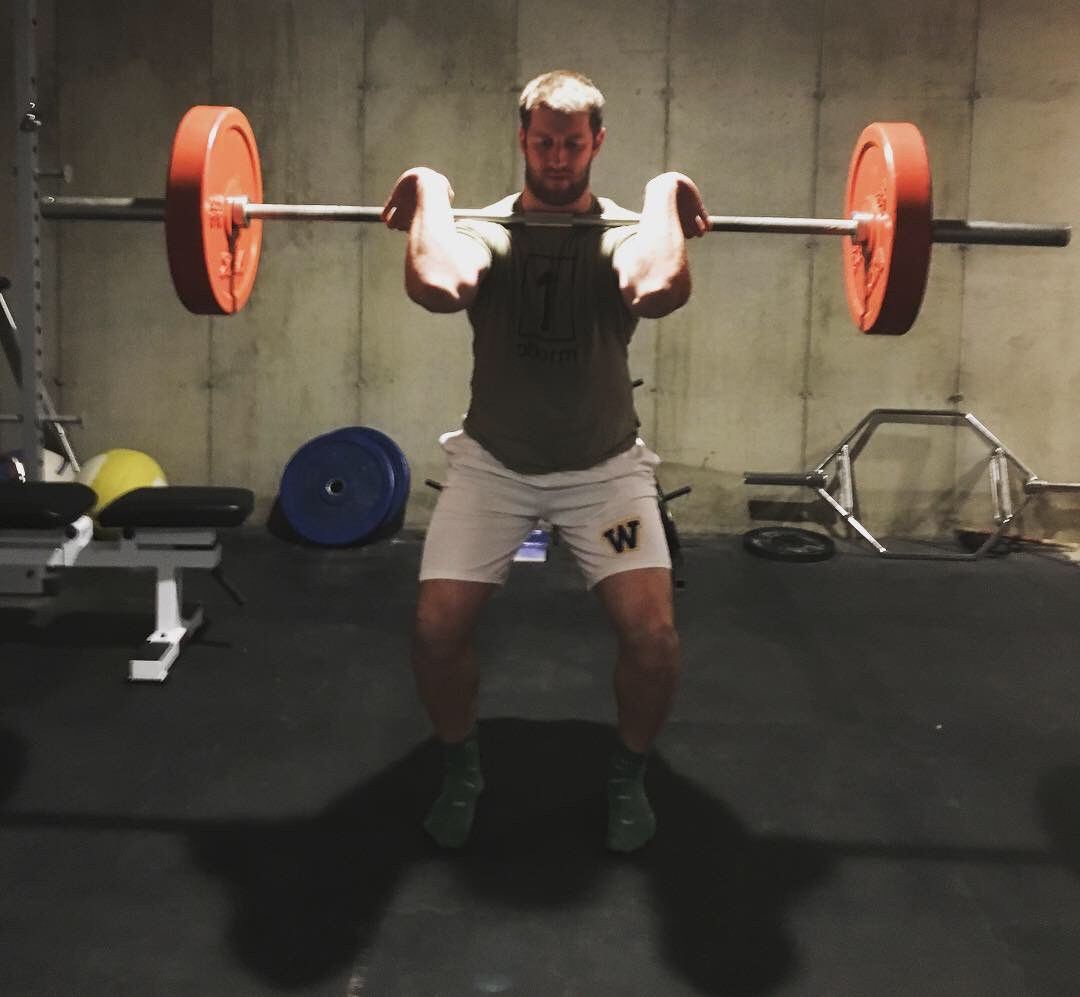As is the case for any overhead athlete, the more you use your arms the more likely you will to incur injury. A few simple changes will help to reduce your chances of injury. Most softball players who want to improve on a skill will seek out the help of a coach in the area to improve on mechanics. An even smaller number–ironically–will seek strength and conditioning or sports performance. Mechanical changes to pitching or throwing strategies will definitely reduce your incidence of injury, looking specifically at horizontal abduction of the shoulder and trunk lean. Strengthening and improving proprioception in the shoulder and arm itself will help as well. Here I will give an example of a prehab/warm up as well as some simple exercises to include in an overhead athletes program.
Prehab/Warm-up
Generally I like to start with things that emphasize stability where it is needed and mobility where it is missing. To get a little more fine tuned I would recommend seeking out a sports performance coach, but this template will work for 97%. Some foam rolling and static stretching will do wonders. Following that I like:
1. Hooklying Shoulder Flexion
2. Tent/Downward Dog
3. Quadruped T-Spine Rotation
4. J Band/Superband Shoulder 5 Way
5. 1/2 Kneel Serratus Slide
Strengthening the Upper Extremity
General strength is one thing, however, when we start thinking about the differences between athletes and power lifters we need to make subtle changes. Based on a females physiology, you can assume that a great percentage of female athletes will by hypermobile, meaning too much movement in particular joints. This could mean things like potential subluxation in either the joints that comprise the shoulder (glenohumeral, acromioclavicular, sternoclavicular, or scapulothoracic) or at the elbow. If mechanics are going to require you to be at end range when throwing, maybe not training there all the time is a good thing. Remember, just because you have that range of motion doesn’t mean you shoulder use it. Here are some of my favorite upper body strengthening exercises you can use for the overhead athlete:
1. Dumbbell Row
2. Landmine Press
3. 1/2 Kneel Cable Pulldown
Some other exercises to include in a program to help with shoulder health specifically would be:
1. Cable/Band Shoulder ER
2. Get Ups

3. YTW’s
Wrapping Up
Make sure that you’re doing the little things along the way. These are simple recommendations to use, but not eating a balanced diet, drinking enough water (water; other stuff doesn’t count), or getting enough sleep then it will not work too well. Try adding a couple of these options into your program and seeing how simple and effective it can be. Of course for better results, seek out a professional.










 With proper hook grip and all
With proper hook grip and all





